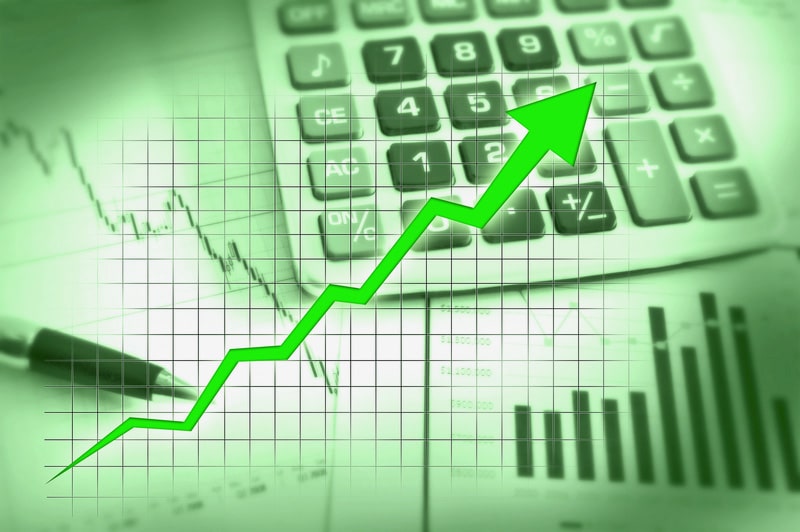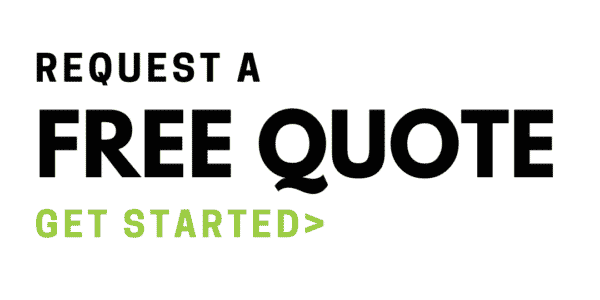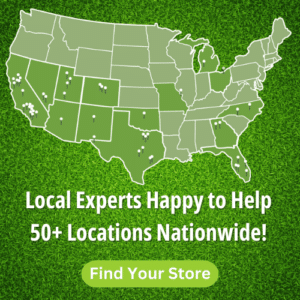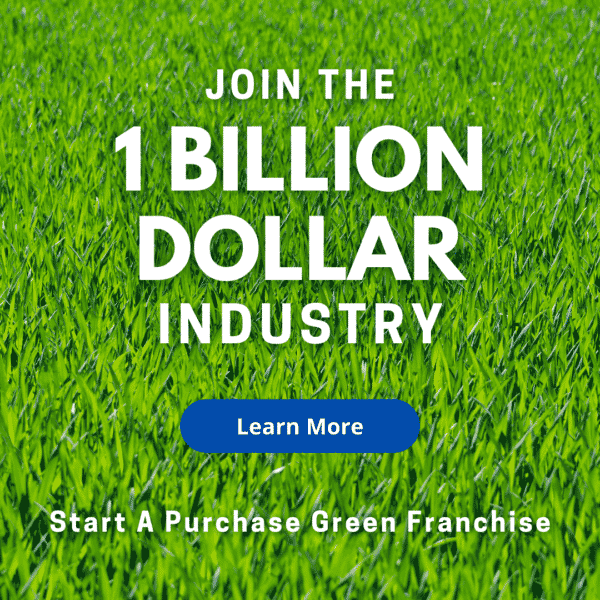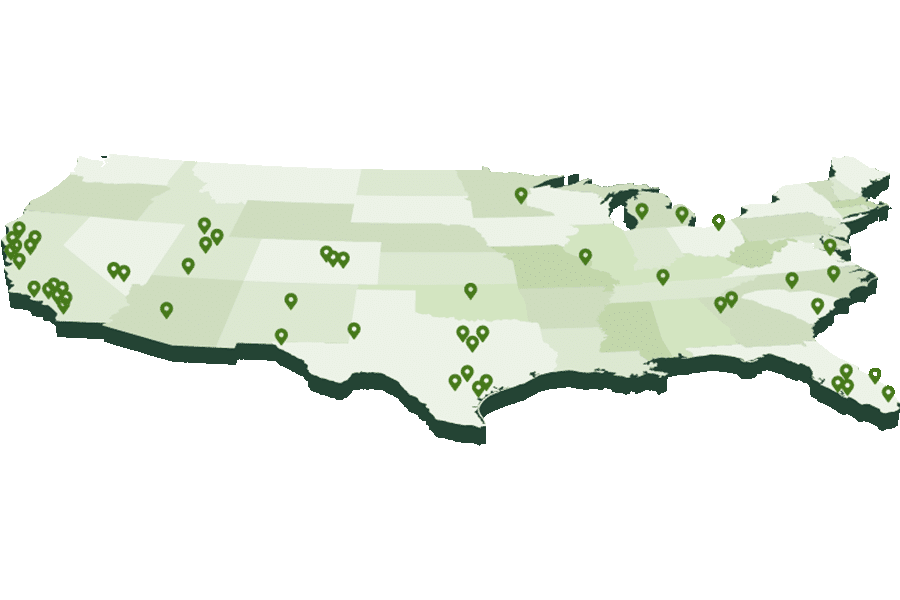The latest generation of the landscape industry has taken root, growing exponentially in the last several decades – and, ironically, it’s synthetic.
Artificial grass, since its initial introduction to the residential market in the early 1990s, has steadily gained traction as a result of the opportunities it presents in resource and environmental conservation, its versatility in design and application, as well as its potential for profitability in a variety of business models.
But has the market already capped? Have aspiring business owners missed their window? Is there any more room for advancement, innovation, or growth? We asked artificial turf industry experts for their take on artificial turf’s viability and sustainability in the economic landscape.
Growth and Sustained Success in a Fragmented Market
Many of us still remember the earliest generations of artificial grass – reminiscent of our grandparents’ carpet from the ’60s. Compared to today’s synthetic products, it’s easy to appreciate the progress made in manufacturing technology and the utilization of applied sciences in material production – further propelling market value amidst significant cultural shifts.Anthony Vena, President and CEO of Purchase Green Artificial Grass – a business begun as a small startup in Southern California in early 2008 with now more than 30 locations nationwide – describes his witness of these industry advancements and the subsequent changes in consumer perception:
“Improvements in manufacturing combined with an increase in available skilled labor and water conservation efforts have created a more natural appearance at a cost that is now more acceptable to a significantly larger base of homeowners, while simultaneously offering a viable solution to water conservation. Additionally, with a broader cultural change – with more folks valuing free time over the “therapeutic” benefits of gardening & landscaping – it offers a solution: a beautiful, natural-looking, low maintenance yard.”
As production quality improved and consumer demand increased, the early 2000s experienced an emergence of commercial manufacturers, distributors, and installers, seemingly saturating and dominating the market. However, as reported by Mordor Intelligence in an artificial turf market forecast for the 2021 to 2026 fiscal years, the market is in fact moderately fragmented – presenting few obstacles and limiting boundaries for those wanting to enter the industry.
“Generally, folks looking to start a business or enter a business want to be involved in emerging industries”, states Anthony Vena, “Rarely do folks want to enter a mature industry with little growth outlook. Artificial grass IS that growth industry. It is still in the early stages of adoption with lots of untapped markets and geographies; in states where it is a bit more mature (like the southwest), it is still growing at >15% per year. With improvements in manufacturing technology, there are more and more use applications available to folks within the industry, which adds to the growth outlook.”
The Future of the Artificial Turf Industry is Green
Having been initially produced for sport applications, today nearly one-third of the global turf market caters to landscape and recreational uses, with the market projected to reach $7 billion by 2025 – as reported by IndustryARC in their own market forecast for 2020 to 2025. Scott Lowrie, President of Controlled Products – a renowned organization that has led the artificial turf industry in manufacturing technology for over 25 years – encourages contractors, landscapers, and other industry professionals to consider the profitability of artificial grass: “Artificial grass is a rapidly growing industry with adoption rates that suggest it will continue this trend for decades to come. The market is still in its infancy and for those who are looking for new products and new markets, artificial turf is a great product to promote.“ Custom builders, landscape architects, real estate agents and management firms, as well as local governments are seeking the benefits of synthetic turf in increasing numbers. An Administrative Draft Report for the City of Novato, prepared by Carducci Associates Landscape Architects and Planners San Francisco, CA states:
“The City of San Francisco has demonstrated that synthetic turf athletic fields accommodate two or three times more use than natural grass fields and that thousands of children and adults from community sports leagues can have a place to play soccer/lacrosse year-round. One synthetic turf field can accommodate up to 3,000 hours of use per year, equal to about 1,500 two-hour games.“
Furthermore, “There is potential for increased revenue from synthetic turf. A synthetic turf field received City Council support because it can cost less to maintain per hour than a natural grass field and generate revenues that make the synthetic turf field self-sustaining.” As stated by Scott Lowrie, “The market has enormous white space for growth in so many different ways. It will be exciting to watch this industry continue to grow and prosper.”
To answer the question, “Is the future of the artificial turf industry grim or green?” there is a great potential for growth in a market that may appear from the outside to be mature and oversaturated. Synthetic turf is truly a market in its infancy that is projected to grow exponentially over the next decade.
